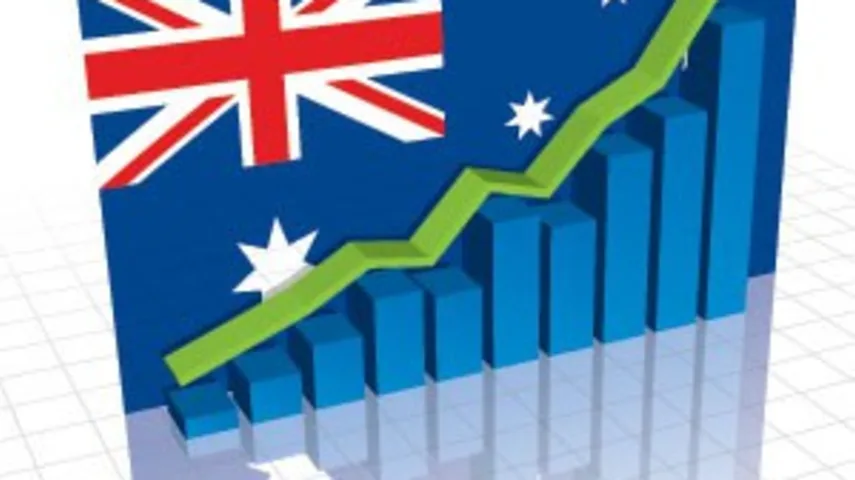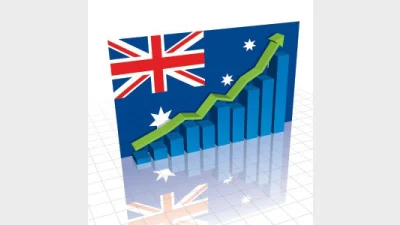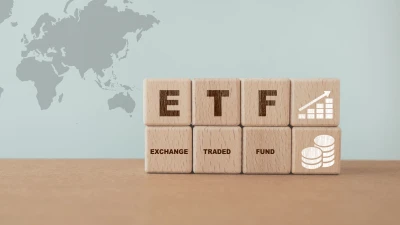Australian assets under management growth leads world



Australia has recorded the fastest growing level of assets under management (AUM) among the world’s top 10 developed countries, growing faster than the Netherlands, Germany and the United States.
Data collected by The Boston Consulting Group and released yesterday show that total AUM (including superannuation and managed funds held by retail and institutional investors) grew by 14 per cent from US$1.4 trillion in 2011 to US$1.6 trillion in 2012.
China was the fastest growing country in 2012 with total AUM increasing by 23 per cent, resulting in a total AUM of US$1.6 trillion, on par with Australia among the world’s top 10 by AUM.
Australia’s AUM growth exceeded the Netherlands, which was up 12 per cent of US$1.9 trillion; Germany, which was up 11 percent to US$2.3 trillion, and the United States, up 10 percent to US$28.3 trillion.
Total AUM rose across the globe to US$62.4 trillion in 2012. It finally passed the 2007 record of US$57.2 trillion after four years of fitful growth, with the report indicating that ongoing lower interest rates and investor preferences would expand demand for specialised products.
“The demand for specialties and solutions in 2012 was evident in the ranking of mutual fund product strategies that received the highest net flows. In both the US and Europe, the top 10 strategies included target date funds, emerging-market equities, emerging-market bonds, high-yield bonds and global funds - such as global allocation in the US and global bonds and global equities in Europe.”
Boston Consulting Group head of financial services practice in Australia and New Zealand, Matthew Rogozinski, said the total value of AUM increased for the first time since the Global Financial Crisis, spurred on by superannuation inflows.
“The superannuation system is a major driver of growth in assets under management, but Australia has been stuck in a downturn along with the rest of the developed world. This is partly a result of our equity market not rebounding in the same way as the US and other countries, which exacerbated a shift out of equity funds into bank deposits, despite low interest rates,” Rogozinkski said.
“In 2012, the Australian market finally began to improve, with the S&P/ASX200 rising by 13.5 percent. This trend has continued in 2013 and, along with further growth in super, suggests we can expect another year of significant growth in assets under management.”
Recommended for you
VanEck is expanding its fixed income range with a new ETF this week to complement its existing subordinated debt strategy which has received $1 billion in inflows this year.
Specialist global equities manager Nanuk has celebrated 10 years of its flagship New World Fund and is actively considering its next possible vehicle.
Australian equities manager Datt Capital has built a retail-friendly version of its small-cap strategy for advisers, previously only available for wholesale investors.
The dominance of passive funds is having a knock-on effect on Australia’s M&A environment by creating a less responsive shareholder base, according to law firm Minter Ellison.











